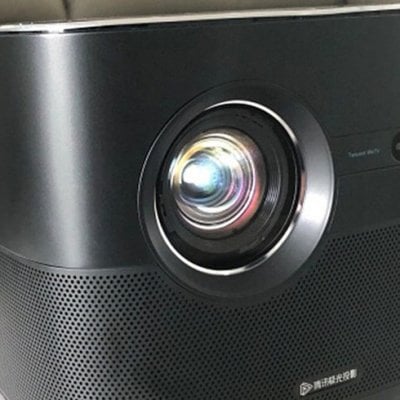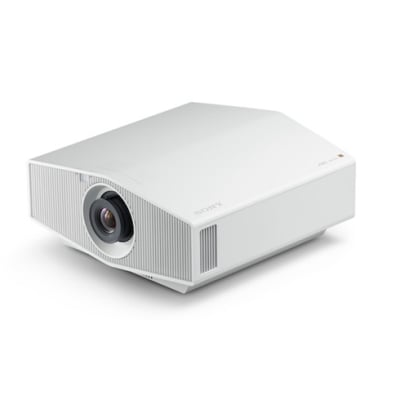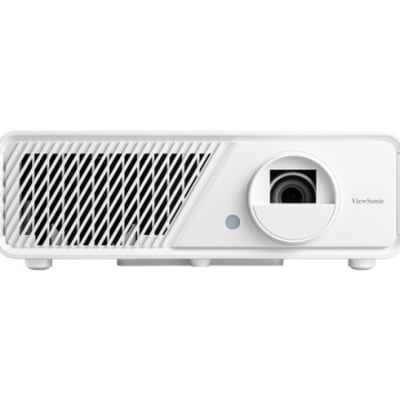Projectors are more safe for eyes than TVs, is that true? This article will give the answer from the analysis of the imaging principle of the projector.
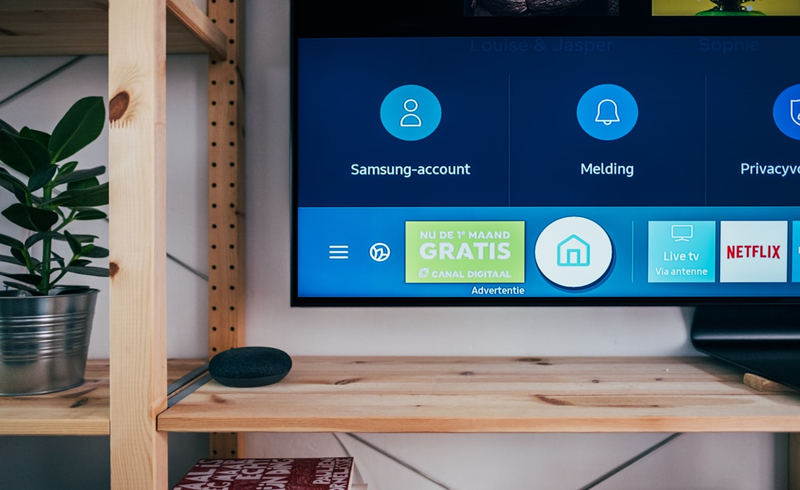
Different from such devices as LCD TVs and mobile phones, the imaging principle of such devices is mainly self-illumination. When we use projection, we stare at the projected plane, and the light enters our eyes only after the reflection of the plane. Regardless of whether it is a wall or a curtain, it is generally rough, so compared with the direct lighting of other devices, this diffuse reflection imaging method is indeed less irritating to the eyes.
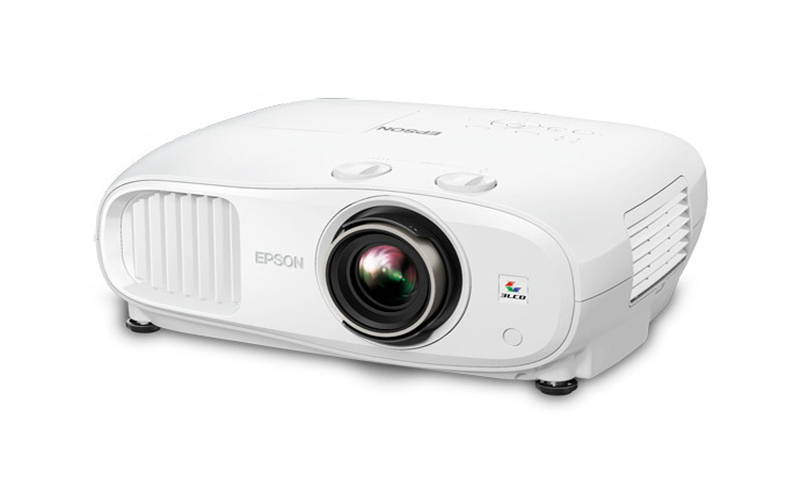
Another point is that compared with display devices such as flat panels and TVs, the projected screen size is larger. In order to have a better visual effect, everyone will unconsciously stay away from the screen when watching. Nose, the farther the natural distance, the less irritating the eyes.
In addition, some projectors now have achieved “low harmful blue light” or even “zero harmful blue light”. Among all visible light, blue light has the shortest wavelength and the highest energy. Studies have found that blue light with a wavelength within 400-440 nanometers will damage the retina after continuous irradiation for a certain period of time and intensity. For example, Dangbei’s latest Dangbei Mars Pro adopts a hardware-level low blue light method to protect the eyes from damage to the greatest extent.
Read more

